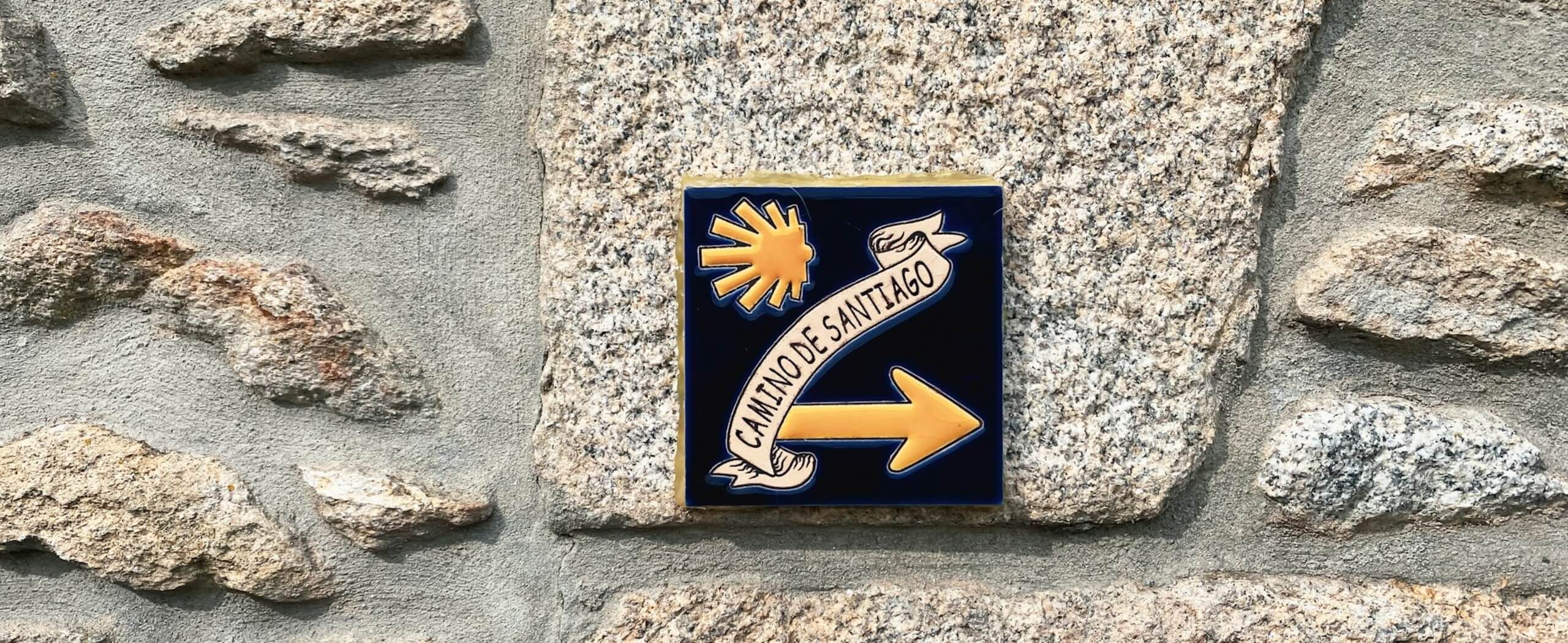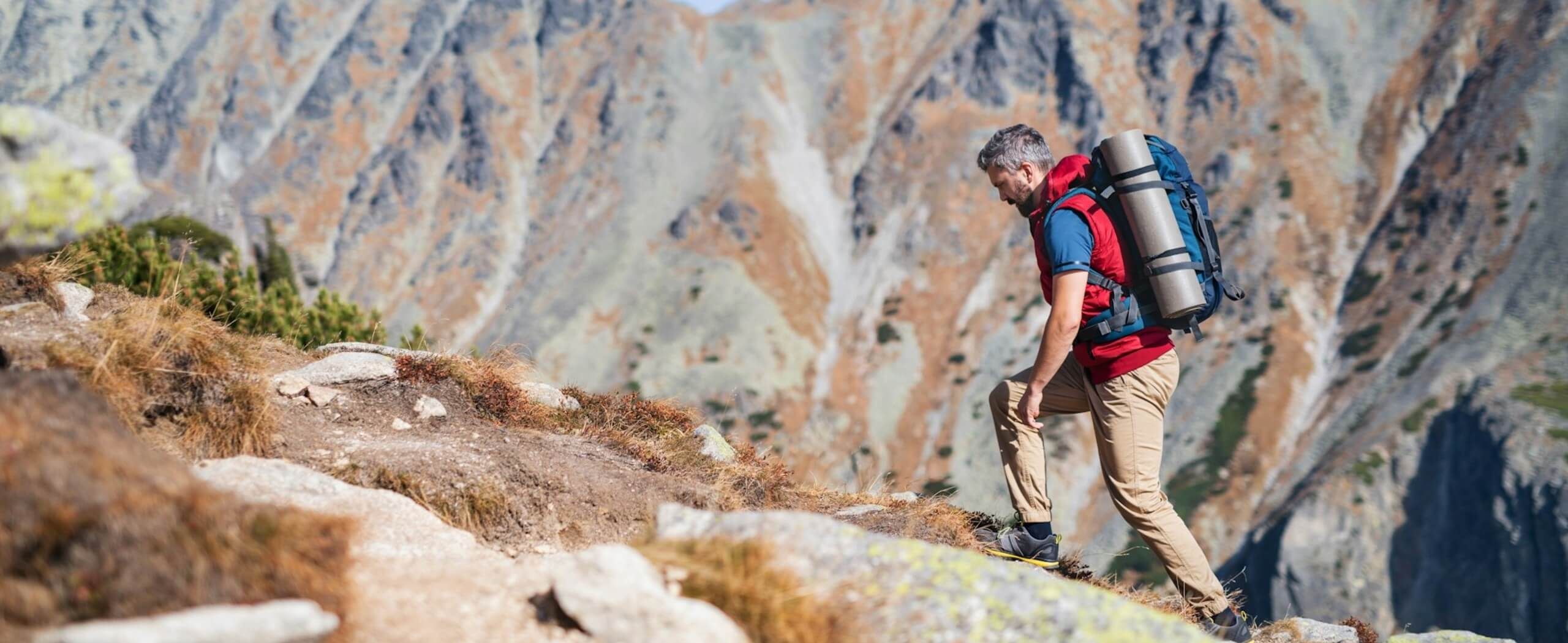

BlogAdventure HealthHow to Prevent and Treat Muscle Soreness and Blisters
How to Prevent and Treat Muscle Soreness and Blisters
Lukas Saville
Aug 1, 2022
If you’re a regular hiker, you know all about the sore muscles and blistered feet that come with enjoying the scenery and exploring new places. But even though blisters are a harsh reality of hiking and adventuring by foot, there are plenty of ways to ease their discomfort and reduce the chances of them developing in the first place.
If you’re tired of wincing every time you walk, this guide to effective pre, during, and post-hike blister and muscle soreness treatment will put a spring in your step.

Blisters: Preventative, Active, And Long-Term Care
When it comes to hiking, blisters are a part of the package. Ambling over harsh terrain for hours at a time causes loads of friction between your feet and your shoes, which can often become hot, sweaty, and uncomfortable, especially on longer trails.
If you’re not careful, leaving blisters to fester can not only become excruciatingly painful, but may also become infected and difficult to treat.
As a hiker, your feet need to be well taken care of if you are to continue pursuing your passion. Fortunately, there are several simple steps you can take to prevent and treat blisters effectively. Starting with prevention and ending with post-hike care, let’s walk you through them:
1. Invest In Good Hiking Socks And Shoes
Blisters thrive in three conditions: moisture, heat, and friction. You need to pick footwear that prevents these conditions from occurring. A good pair of hiking shoes can make all the difference, as can the right pair of socks. The best shoes are ones that are flexible, supportive, and just a little too big.
As your feet swell during a hike, you want to give them space to breathe. Avoid cotton socks, instead, opt for soft but pliable merino wool that reduces friction between fabric and skin.
2. Don’t Hike In Brand New Shoes
All hiking shoes need time to break in before they become truly comfortable. If you’ve just bought a new pair, try breaking them in with a few shorter walks before embarking on a longer journey.
3. Tape Up Sensitive Areas
Before you embark on a hike, spend some time assessing any sensitive areas on your feet and preemptively protecting them.
Leukotape is an excellent option as the tape acts as a second skin that your feet will be grateful for when the going gets rough. Using the tape, you can gently but firmly strap up healing or emerging blisters to reduce the amount of exposure they have to friction. You can also use medical tape or moleskin to add extra protection, but if you already have blisters, Leokotape works best.
4. Periodically Wash, Clean, And Air Out Your Feet On-Trail
No matter how experienced or determined you are while on a hike, it’s important to stop every now and then to give your feet and the rest of your body a break. When you stop, take off your shoes and socks, and let them air out to relieve any heat or tension that’s developed during your hike.
If you’re close to a water source, give your feet a nice, cool rinse before allowing them to dry completely. Strap on some fresh tape if necessary, and you continue on your way.
5. Address Blisters As Soon As They Form
Don’t wait for things to get worse. Pay attention to any blisters that form or break while hiking, and stop to dress them if necessary. The longer you ignore your blisters, the worse they will become.
6. Disinfect, Dress, And Rest Your Wounds
Post-hike, treat your feet like royalty. Give them a lukewarm bath before applying disinfectant and wrapping up with Band-Aids or bandages. Depending on the severity of your blisters, check on them every two days or so to track healing and re-dress as needed.
Wait until serious blisters have healed before embarking on another strenuous hike.

Muscle Soreness: Preventative, Active, And Long-Term Care
Hiking is an extremely effective way to exercise. It activates pretty much every muscle in the body and can be a great method for strength and endurance training.
However, the amount of strain that outdoor hiking, especially when it comes to steep inclines, puts on the muscles means that tension and soreness are inevitable. Here’s how you can prepare them for exertion in a healthy way and look after them post-hike.
1. Warm Up Before You Hit The Trail
Engaging in regular mobility and strength-training exercises will lay a solid foundation for high-intensity hiking and prevent soreness from settling in. A pre-hike warmup is also helpful for waking up the muscles and preparing them for strenuous activity.
2. Hydrate And Nourish Your Body
One of the best ways to prevent muscle soreness is to make sure your body is sufficiently hydrated and nourished. Dehydration is a huge factor in muscular performance, as is the presence of essential nutrients and minerals.
You should always have easy access to both water and healthy snacks throughout a hike to keep your energy levels high and enhance physical performance.
3. Take A Cold Shower
Taking a cold shower after an intense hike will soothe tired muscles and stimulate better blood flow throughout your body, aiding the healing process.
4. Engage In Light Exercise
Engaging in some gentle stretches and mobility exercises can play a huge role in soothing tight muscles. Muscle soreness tends to only kick in about 24 hours after strenuous exercise, but you can alleviate the onset of tension by reactivating and then resting your muscles in a constructive, gentle way.
5. Self Massage Tender Areas
If you’re experiencing serious muscular pain, a bit of tender self massage can be really supportive. You don’t need to have loads of experience with giving massages to work your own muscles in a productive way. Simply use a body oil or gentle lotion to gently knead and massage the painful areas.

Listen To Your Body
When you’re committed to a sport that puts as much strain on the body as hiking, paying attention to any aches and pains that arise is crucial. Remember to listen to your body and give it the rest it needs—you’ll be able to perform even better because of it.
Health and Fitness Articles
Are you looking to improve your overall health and fitness while also spending time enjoying the beauty of the outdoors? Whether you are a beginner hiker or a seasoned outdoor enthusiast, there is no time like the present to get out on the trails and live a healthier lifestyle. To help you turn those New Years resolutions into a healthy habit you will stick to, we've written some articles that will help you achieve your goals for the upcoming year!
Guides for Beginners
- Hiking First Aid Kit: Stay Safe in the Backcountry!
- Backpacking Hydration Tips
- How to Adventure Safely in the Age of Extreme Weather
Training for the Outdoors
- Training from Home for the Future Hike
- Training for your First Backpacking Trip
- Couch to Mountain Top: Expert's Training Guide for Hikers
Health Articles
Recent stories

Destinations
5 Hidden Alpine Villages You Can Reach on Foot
There’s something magical about arriving in a village on foot.
Alex Todd
Sep 12, 2025

Destinations
10 Things to Know Before Hiking the Camino de Santiago After 50
There are few journeys in the world as life-changing as walking the Camino de Santiago.
Alex Todd
Sep 10, 2025

Travel tips
What to Wear on a Walking Holiday (Practical & Stylish)
Walking holidays are about more than just covering miles.
Alex Todd
Sep 8, 2025